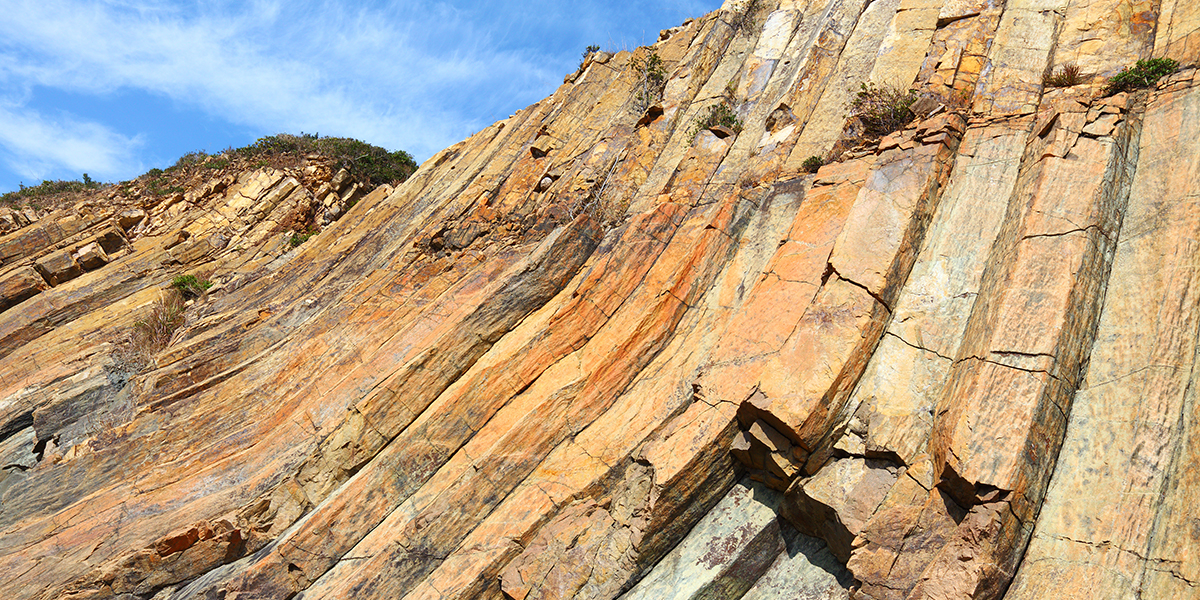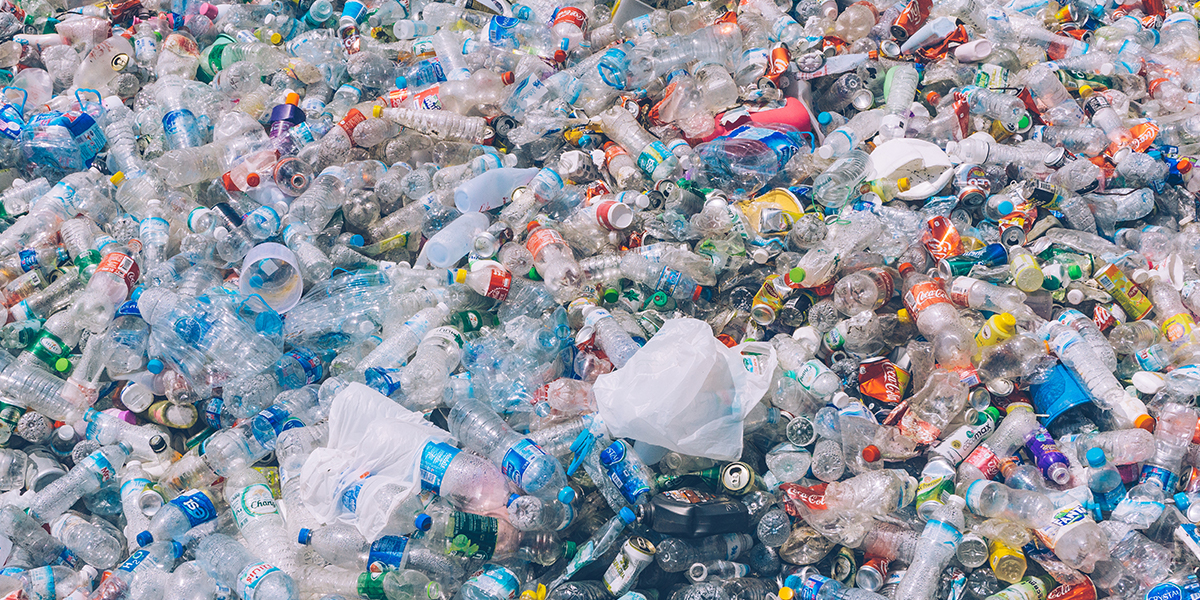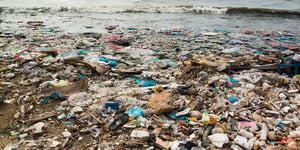We have to admit that the human impact on the environment is quite astonishing considering the fact that our planet is over 4,5 billion years old, and that homo sapiens have only been around for approximately 250 thousand years, or only 0,05% of Earth's total lifespan.
We have completely redesigned the entire surface of our plant, especially after the last ice age, which ended approximately 12.000 years ago. After that period, we saw rapid growth and proliferation of human impact on the environment throughout the globe, including all of its written history, technological revolutions, development of major civilizations, and overall significant transition towards urban living in the present.
Numerous human activities like farming, fishing and forestry have caused unique species of plants and animals to die out, and have forever changed the planet's surface. So much so, that scientists believe our impact will be forever visible in Earth's geological layers. However, since our time on Earth is not even nearly done, it is expected that we will leave many more traces for those who will come and search Earth's layers in the next million years or so.
 Anthropocene, a new epoch
Anthropocene, a new epoch
Human impact on the environment corresponds with the so-called Holocene geological epoch, which started after the last ice age. However, our influence has been especially considerable in the last century, when we introduced new materials that have never existed on Earth before, like plastic or plutonium. These new elements will be seen in the rock record and even in our bones and teeth millions of years from now, telling stories about our lives to the researchers visiting our planet once we are long gone. There is no way that future researchers will be able to miss this, since, in the last 50 years alone, we have produced more than eight billion metric tons of plastic; enough to cover the whole world in a thin film.
 Because our "plastic impact" is expected to be so great, some scientists had even suggested introducing a whole new geological epoch, starting sometime in the 1950s, to differentiate between a world before and after plastic appeared, along with other new elements. They suggest we call it Anthropocene. Very appropriate, don't you think?
Because our "plastic impact" is expected to be so great, some scientists had even suggested introducing a whole new geological epoch, starting sometime in the 1950s, to differentiate between a world before and after plastic appeared, along with other new elements. They suggest we call it Anthropocene. Very appropriate, don't you think?
How long will human impact on the environment be visible?
As stated above, the trace of human impact on the environment will be forever written in the geological layers of our planet. But even without digging and analyzing dirt and rocks, aliens will be able to learn a lot from us if they visit Earth a few hundred years after we are gone. Most plastic will decompose in 500 years, but a rubber tire, for example, needs a whole millennium to disappear.
 Furthermore, plant cycles will probably need up to 35 thousand years to remove the last traces of lead, left by the industrial revolution. On top of that, it is suggested that it may take additional 65 thousand years for carbon dioxide to return to pre-human levels. Even after that time, there will still be objects on Earth suggesting that we were once here; for example, bronze sculptures will probably be recognizable for over 10 million years.
Furthermore, plant cycles will probably need up to 35 thousand years to remove the last traces of lead, left by the industrial revolution. On top of that, it is suggested that it may take additional 65 thousand years for carbon dioxide to return to pre-human levels. Even after that time, there will still be objects on Earth suggesting that we were once here; for example, bronze sculptures will probably be recognizable for over 10 million years.
With all that said, it is very difficult to argue that human impact on the environment is anything less than gigantic. We will never be able to hide our footsteps completely, but this shouldn't mean we can't try. After all, we are merely visitors.


